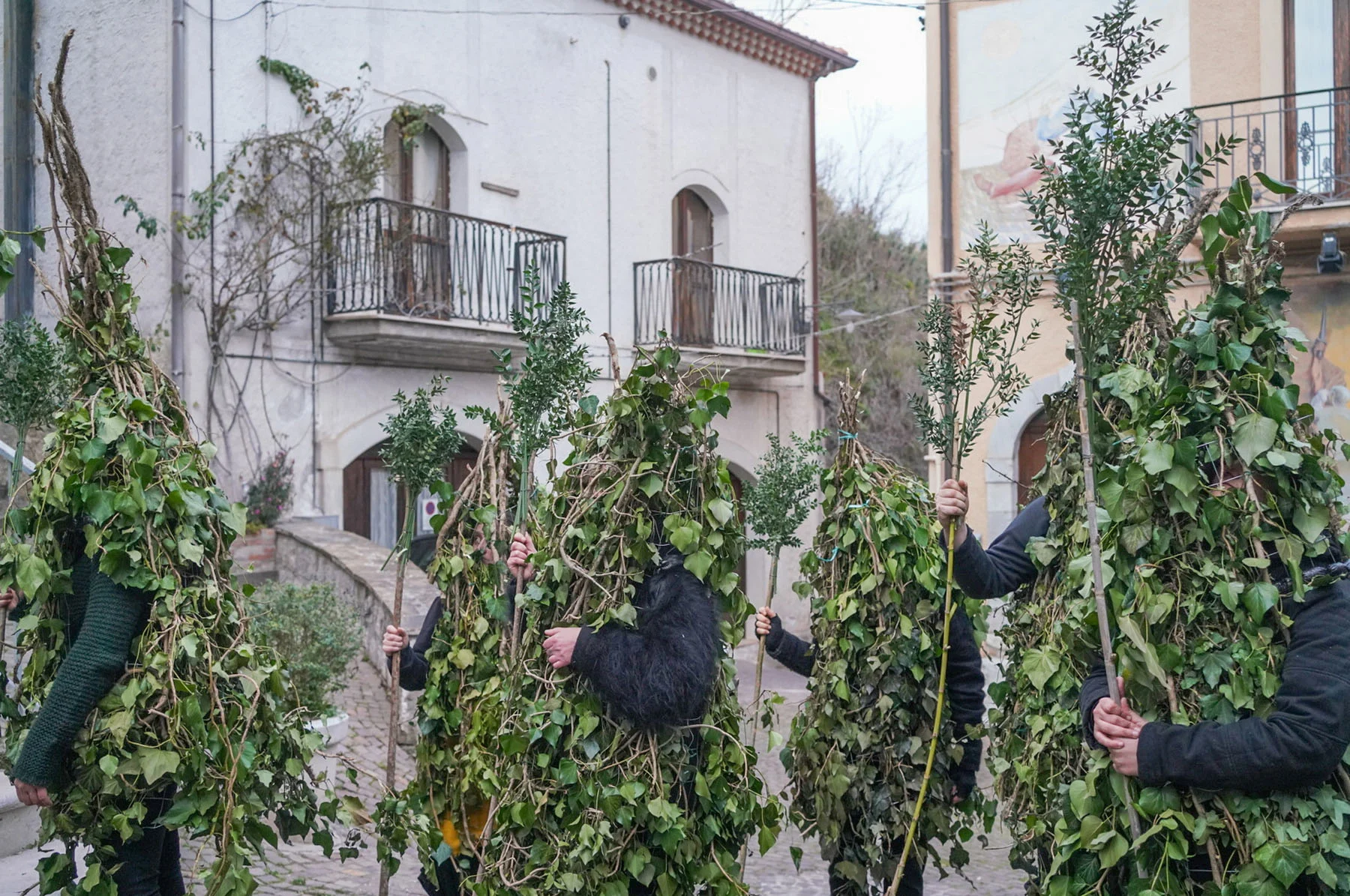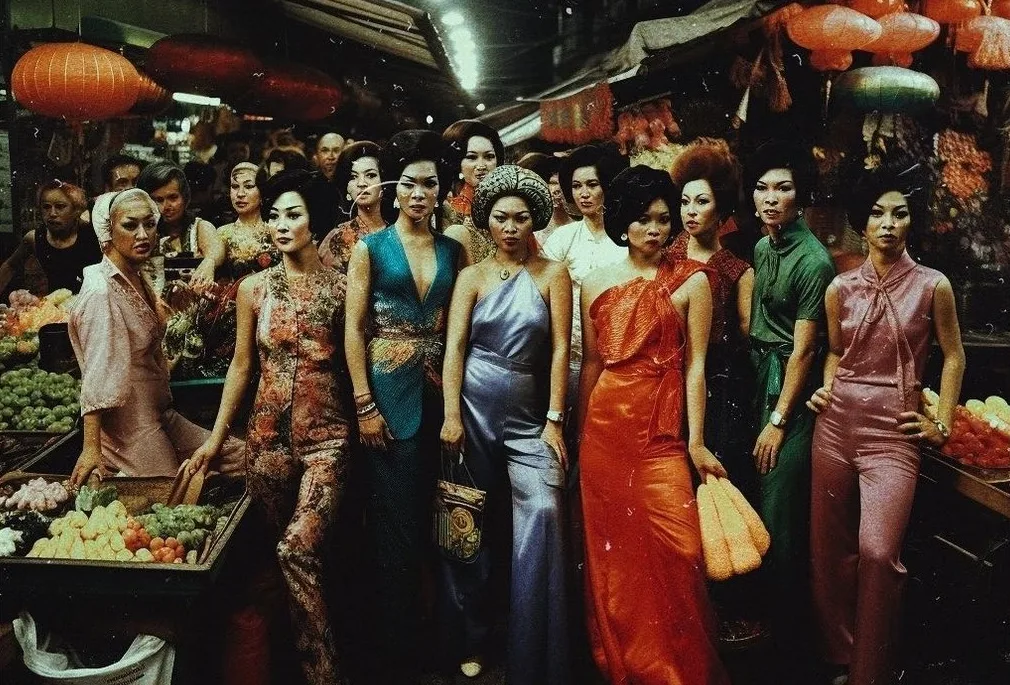
Skiifall was born in Saint Vincent, and was raised there, until he left for Montréal at age eight. No matter where he’s gone since, he’s always carried his Saint Vincentian heritage, remembering the endless summer of childhood there. Now, in his short film “Lovers Till I’m Gone,” directed by SMUGGLER duo rubberband., he’s come home, celebrating the people and places that shaped him in his early years and reliving some of the most formative moments of his life. Here, Skiifall and rubberband. tell Niellah Arboine about the experience of shooting such a personal project, and about the small, seemingly unremarkable places from our childhood that we’ll always feel connected to.
“There’s no limit to what I can do,” says Skiifall, “because I don’t know what I can do, really.” The Montréal-based musician is in good spirits after landing in London, a city that has embraced his eclectic sound over the last five years. Originally born in Saint Vincent, Shemar McKie, better known as Skiifall, moved to Canada at eight years old. Now, his latest EP and visual, “Lovers Till I’m Gone,” is a homecoming, a true love letter to his Saint Vincentian roots. It’s a vulnerable offering exploring love, family, home and the complexities of growing older.
In 2020, Skiifall released his breakthrough hit “Ting Tun Up,” catapulting him into the cultural zeitgeist in the UK. Since then, he has continued to gain international recognition, refusing to be boxed into any particular genre, jumping from rap to reggae with ease. In January, he released his latest EP, “Lovers Till I’m Gone,” and now he’s joined forces with director duo rubberband. (Jason Sondock and Simon Davis) for the accompanying, captivating visuals.

Every visual you see, I’ve literally lived it. I’ve literally walked these places multiple times.
The 15-minute-long film, shot on 16mm, takes us on a journey into Skiifall’s world, with each location holding a deep significance to him: In one scene we’re invited into his father’s house; in another, Skiifall and his friends recline in the back of a truck, beers in hand as they traverse roads lined with lush green foliage. Some scenes lead us to crisp beaches, others, to balmy evening gatherings and fireworks. In quieter moments, Skiifall is sat on a veranda with a love interest looking out at the world. “Every visual you see, I’ve literally lived it,” he says, “I’ve literally walked these places multiple times.
“If there was one place that I knew had to be in the film, it would be the beach near where my dad grew up,” he says. “I would go there almost every day, even in hurricane season, with my family or friends. It evokes this kind of feeling in me that I used to feel when I was younger: just free.” Davis adds, “We all have those places from childhood. There might be that tree where you had a first kiss or got into a fight, that tree might be unremarkable to everyone else, but to you there’s a really deep connection to it.”
The film feels like an honest peek into life in Saint Vincent, something Skiifall is proud of portraying. “I want to share parts of myself that exist for real,” he says. “It might look complicated but it was really easy to find these locations.” And going on this journey to portray his personal experiences and those of his friends and cousins in a cinematic way, with such respect, was especially dear to him. “To be able to capture this place is important, because we don’t have that much documentation of the place I come from, and I think a lot of people would like to see more of it, to be like ‘Oh yeah, I grew up on that road and it looks so great cinematically.’” So, in many ways, this is an archive of home.
This was the third time Skiifall has been back home in the last two years. He’s always wanted to act, and filming back home in Saint Vincent and bringing his loved ones on board felt like a gift. “Being able to go inside the house I grew up in was one of the most surreal feelings I could have, because I never would’ve thought that I could come back to this place and make a film,” he says. “My dad was asking the other day, ‘Is this film going to blow up before I die?’ He didn’t know we’re gonna be premiering it so soon. I mentioned it to him, and he’s really excited to see how it turned out.”
“A lot of the time, artists come to you and there's a lot of protective veiling around who they are, you're kind of getting this performer,” Davis says, “but Skii was so vulnerable in allowing us to come into his life and to meet his family, his grandparents and childhood friends.” Skiifall agrees with the sentiment. “Not too many people get to meet my family,” he admits. “You know when you mix a group of people and sometimes it doesn’t really work? This time it really worked well—my dad was warm and he felt a good vibe.”
Delving into Lovers Rock, a genre of reggae popularized in London in the late 70s, may seem like a departure from Skiifall’s usual sound, but to fully understand him as an artist is to know that he will continue to shift and experiment with genres, especially genres and sounds from the Caribbean diaspora. “I’m always going to make all types of music, and that might confuse a lot of people,” he explains. “I just show up and try stuff, and if it sticks I’ll continue to do it.”
Skiifall’s elasticity and ability to stay experimental translate into the visuals, too; the film, which has a symbiotic relationship with the EP, is as fresh and rich as the album, and toys with categorization. “I think there’s something so creatively freeing about people who sort of disregard the idea of genre in the way that Skii does,” says Davis. “With the visual, I think it was really exciting to be able to disregard the preexisting boundaries of ‘Is this a visual album? Is this a short film? Is this a documentary?’ What if we deliberately make it all of them; then what do you call it?”
For this project, the team used modified Bolexes. “The idea was to make the actual shooting experience as intimate as possible, while also retaining our wishes to shoot on film. 16mm cameras are generally significantly smaller, and it also helped our plight of having to bring all the gear to Saint Vincent ourselves,” says Sondock. The team shot on Super16 Bolexes that had been modified by LA-based Old Fast Glass for the project. They were equipped with HD taps, power in and out, and battery plates for Anton Bauers. “We wanted to keep the camera as small as possible, having as small a crew as possible (Mika Altskan our DOP and I would load and pull focus ourselves), and to keep our subjects feeling relaxed,” he adds.
There is a beautiful harmony of light and dark throughout the film, as we flit from bright, sunlit scenes to darker environments that provoke a more ominous response. The darker elements “tell a very honest story,” as Davis puts it, specifically with a presence who follows Skiifall around in some scenes. “The idea of creating that presence isn’t one you want to talk about too explicitly,” Davis explains, saying it’s best to be left open for interpretation. “I just want to always share the true sides of what I’m going through,” Skiifall adds.
This film, a love letter to Saint Vincent, pushes the boundaries of what visuals can be when you step away from the conventions of music videos and take risks. “If I always show up, people will show up for me,” Skiifall says, summarizing what is really at the heart of this whole project: trust.


